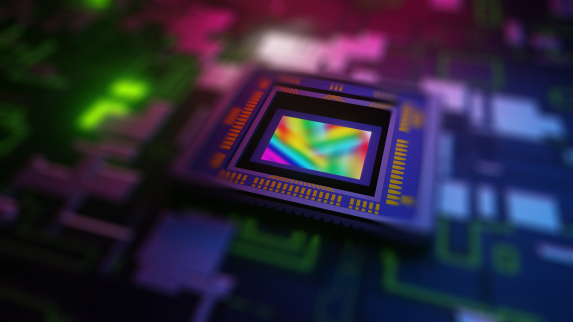Seismic sensors are key components of the acquisition chain. Geophones have been used since the early days of seismic acquisition. Although still based on a moving coil detector, there have been improvements over time, such as higher sensitivities, lower resonant frequencies or rare-earth magnet technologies.
The way they are used has, however, evolved. Arrays of several dozen geophones now belong to the past, as operators now favour higher-trace densities with reduced arrays or single sensors. In
the early 2000s, a competitor started challenging the geophone monopoly. MEMS (Micro Electro Mechanical Systems) receivers began to replace the last analogue component in the acquisition
chain, whereas recording systems had made the leap more than 20 years previously. Their introduction was, however, ahead of its time, as the industry was not ready to replace large geophone arrays with denser (and hence more expensive) spreads. Later on, in the early 2010s, the trend for broadband did not favour MEMS technology either, as the sensors available at that time showed an increase in noise floor towards the low frequency that could compromise the recording of the lowest frequencies.
However, in the 2020s, we are a long way on from the 2000s. The benefits of dense, single-sensor acquisitions are now well recognized by major names in our industry. Whereas high-trace
densities have proven to make a significant contribution to processing in order to produce clearer images and more detailed reservoir characterization, the weak signal associated with single-
source, single-sensor acquisition is becoming the input data for processing. Although the shortcomings of geophones smooth out when used in large arrays, these shortcomings become an
input data artefact for processing when the geophones are used as single sensors. Meanwhile, the third, latest generation of MEMS sensors have, among other improvements, overcome the
low-frequency limitation associated with previous generations.
After further investigations into sensor performance, it has been possible to identify several shortcomings inherent in geophones, and their impact on the data acquired that exhibit a clear sensor-related jitter. After a short reminder about sensor technologies, this paper presents data-supported comparisons between the two sensors and discusses their impact on final imaging.
These conclusions are sufficiently compelling to convince the leading seismic equipment
manufacturer to switch to MEMS for all its new products.
Not convinced yet? Please download our entire article.

